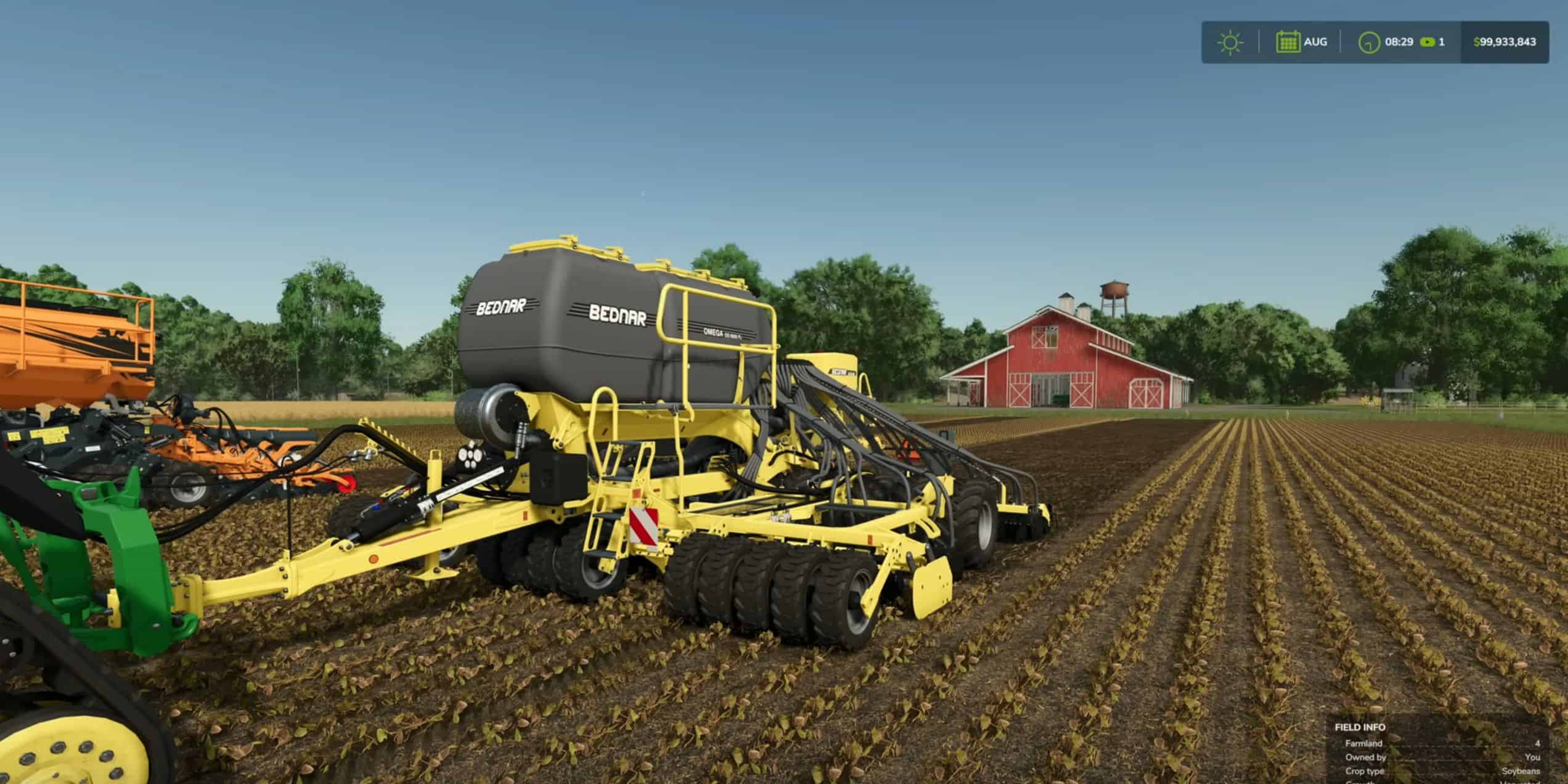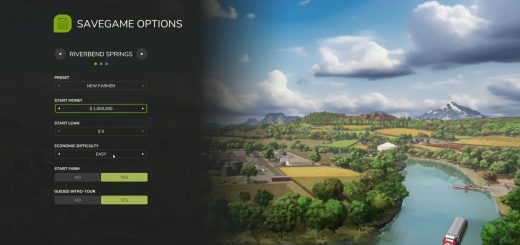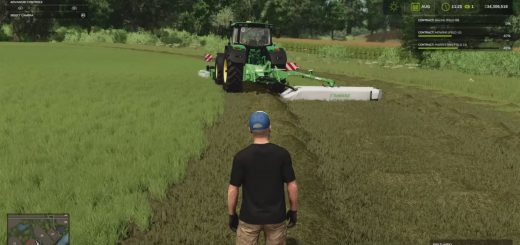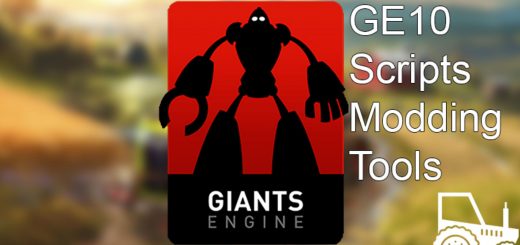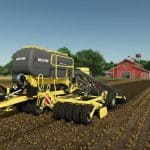
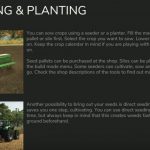
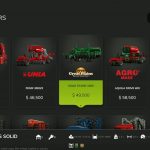
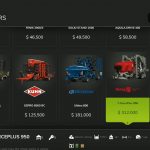
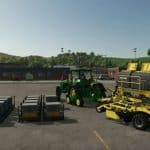
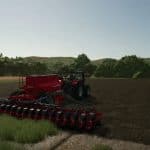
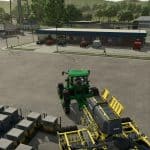
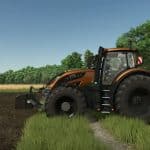
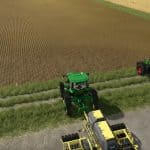
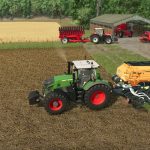
FS25 Tutorial: Mastering Seeding & Planting Techniques
If you’re ready to take your farming skills to the next level in Farming Simulator 25, mastering the art of seeding and planting is essential. Whether you’re using a seeder or a planter, this guide will walk you through the basics, ensuring you’re well-prepared to cultivate and harvest your crops efficiently.
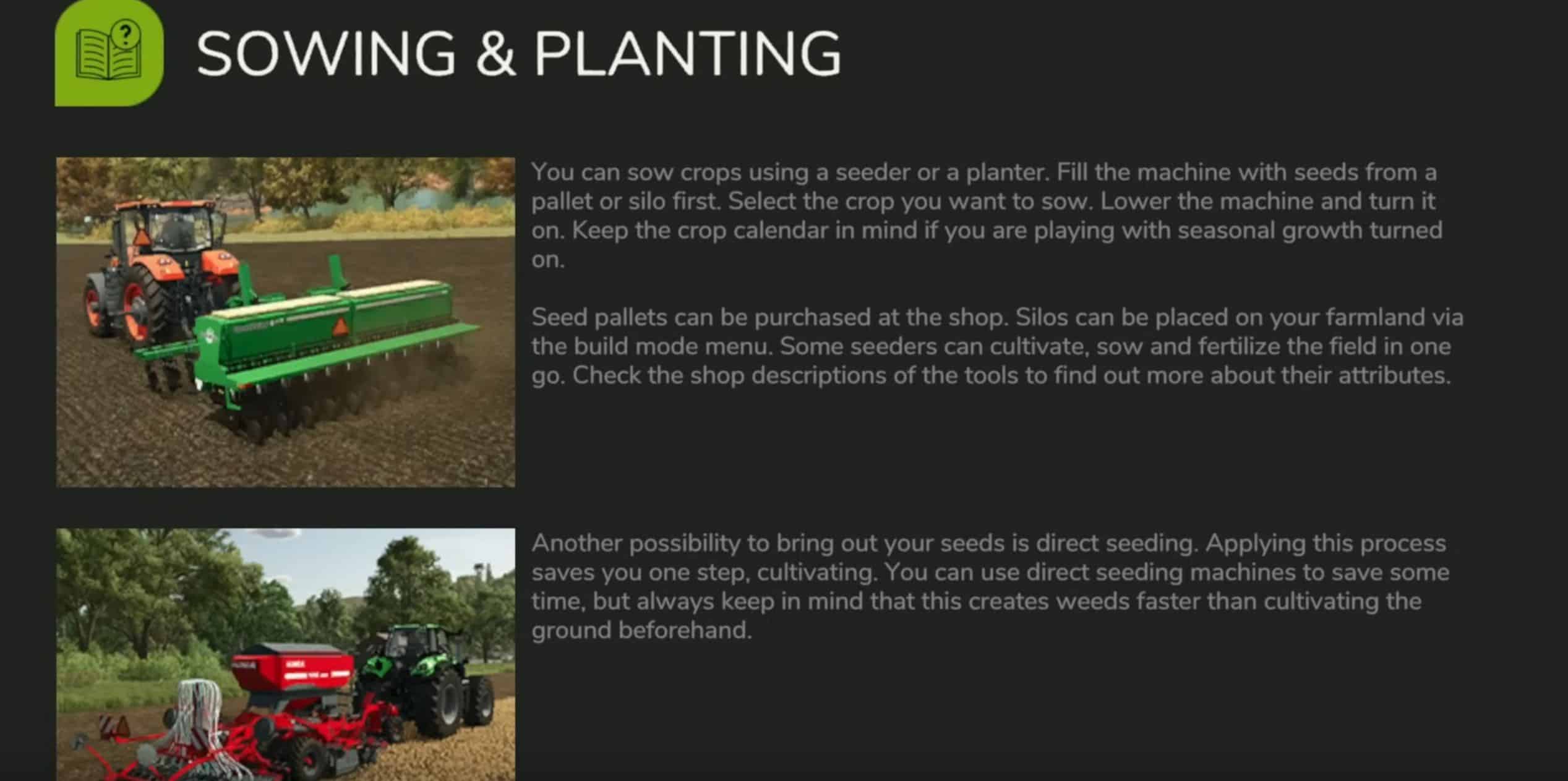
1. Getting Started with Seeding and Planting
In Farming Simulator 25, you can sow crops using either a seeder or a planter. The key difference lies in the type of crops they handle:
- Seeders are ideal for grains like wheat, barley, oats, and canola.
- Planters are used for crops like corn, sunflowers, soybeans, and sugar beets.
Before you begin, ensure your seeder or planter is filled with seeds. You can purchase seed pallets at the shop or place silos on your farm for bulk storage. Once filled, select the crop you want to sow, lower the equipment, and turn it on.
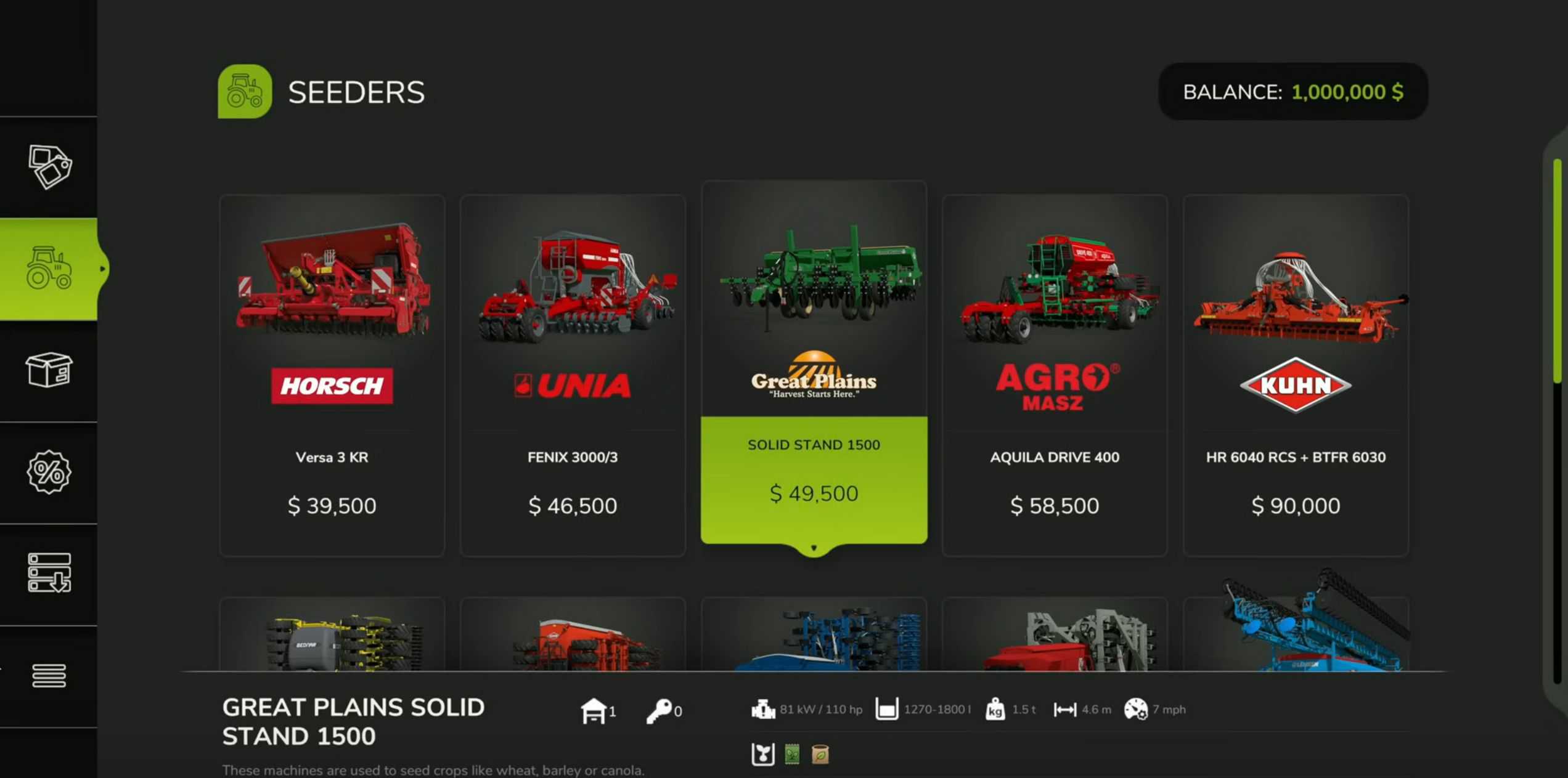
2. Choosing the Right Equipment
When picking a seeder or planter, consider your tractor’s horsepower. For instance, if a seeder requires 110 horsepower and your tractor only has 80, it won’t work efficiently. Always choose equipment that matches your tractor’s capabilities.
Additionally, some seeders and planters have direct seeding capabilities, meaning they can plant crops directly into unprepared soil, saving you the step of cultivating beforehand. However, direct seeding may result in faster weed growth, so keep that in mind.
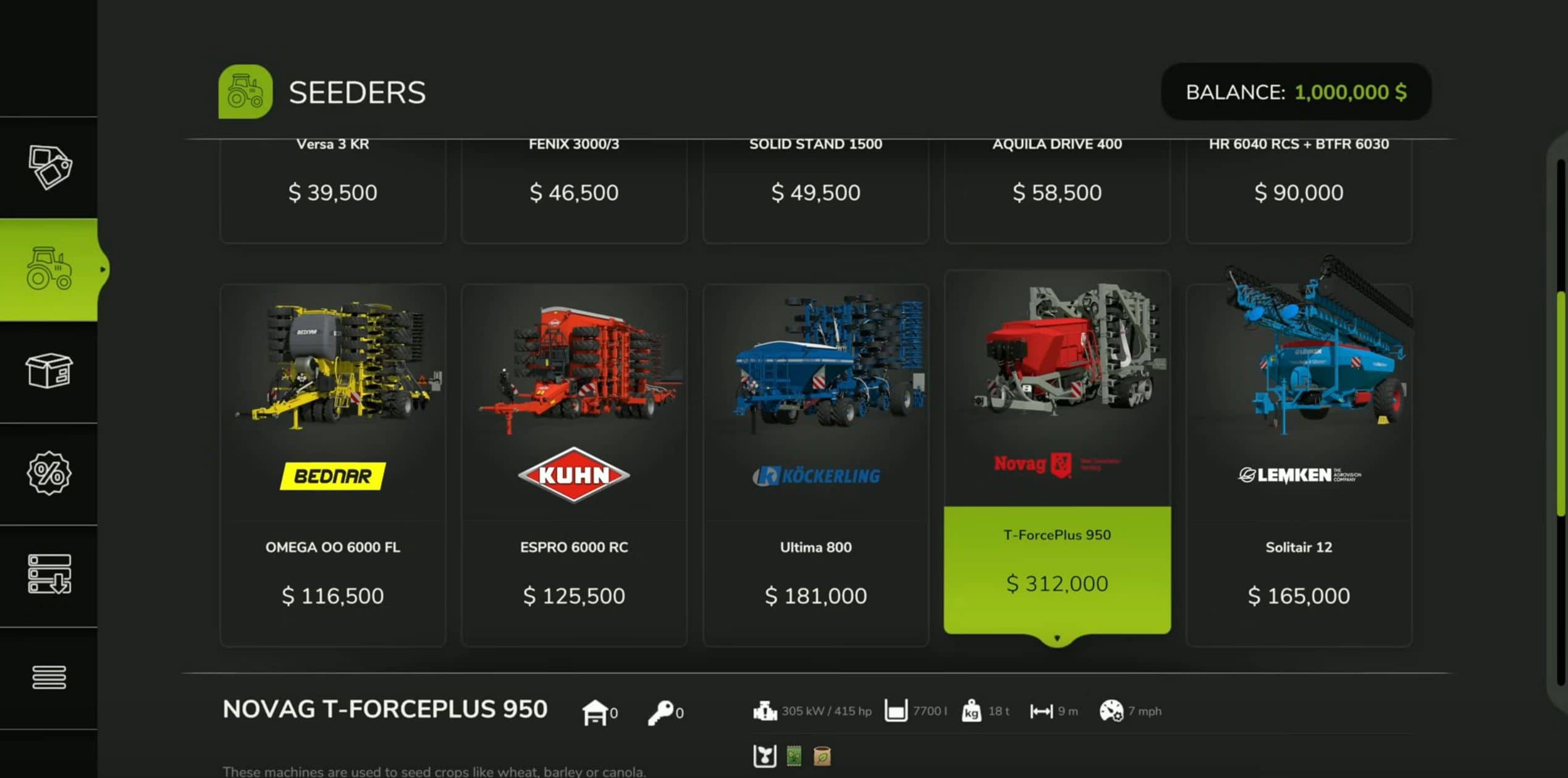
3. Understanding the Differences Between Seeders and Planters
Not all seeders and planters are created equal. Here’s a breakdown:
- Regular Seeders: Typically used for grains and other standard crops. They often require prior cultivation unless they have a direct seeding function.
- Direct Drills: These allow you to sow seeds without cultivating the soil first, which can save time but may result in increased weed growth.
- Specialty Planters: These are designed for specific crops like potatoes, rice, and sugar cane. They generally require specialized equipment.
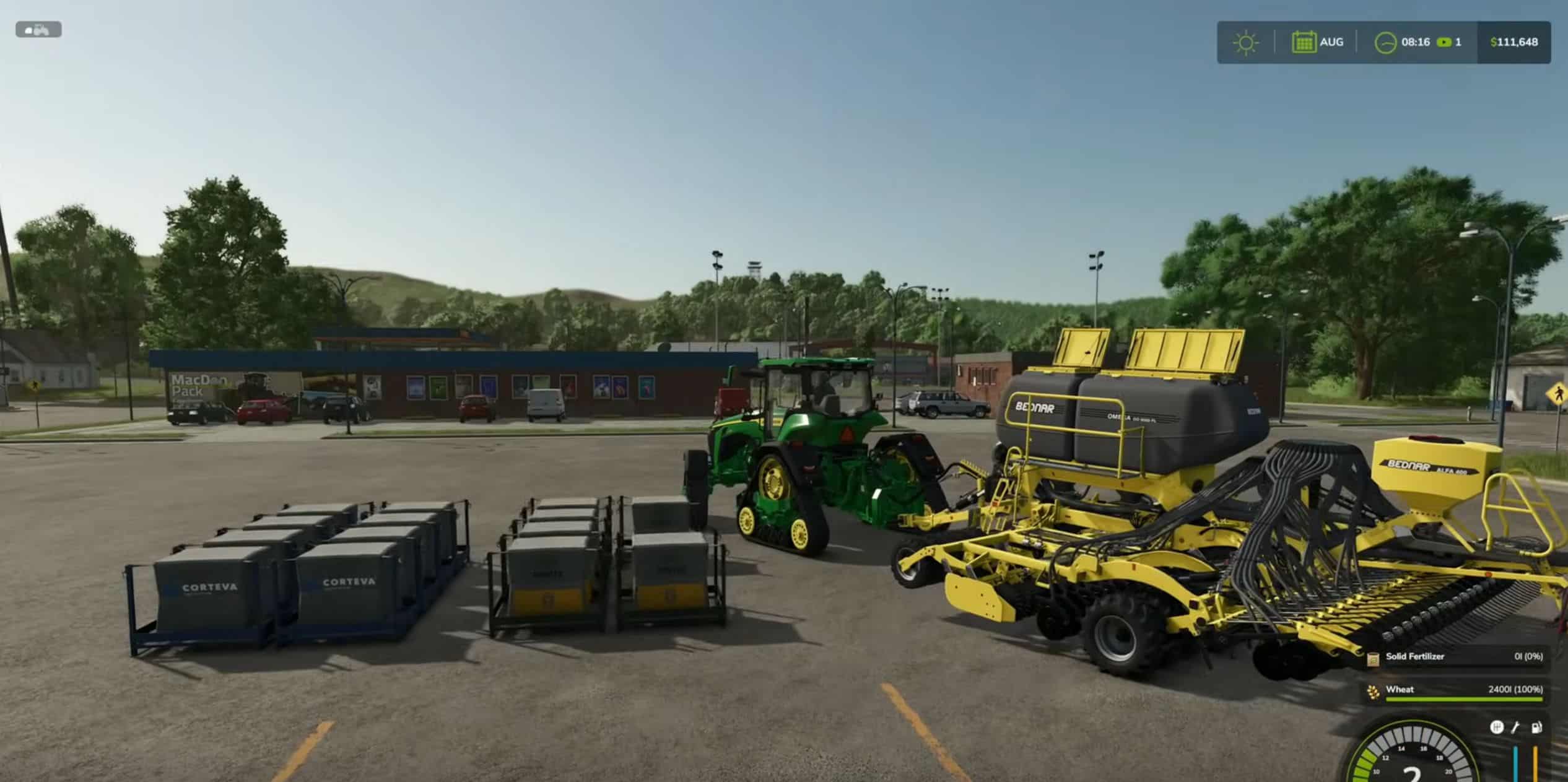
4. The Benefits of Direct Drilling
If efficiency is your priority, direct drilling is a game-changer. With direct drilling seeders and planters, you can plant crops directly into harvested fields without cultivating first. This saves time but does come with a downside, more weeds. If you have weeds turned off in your game settings, though, this won’t be an issue.
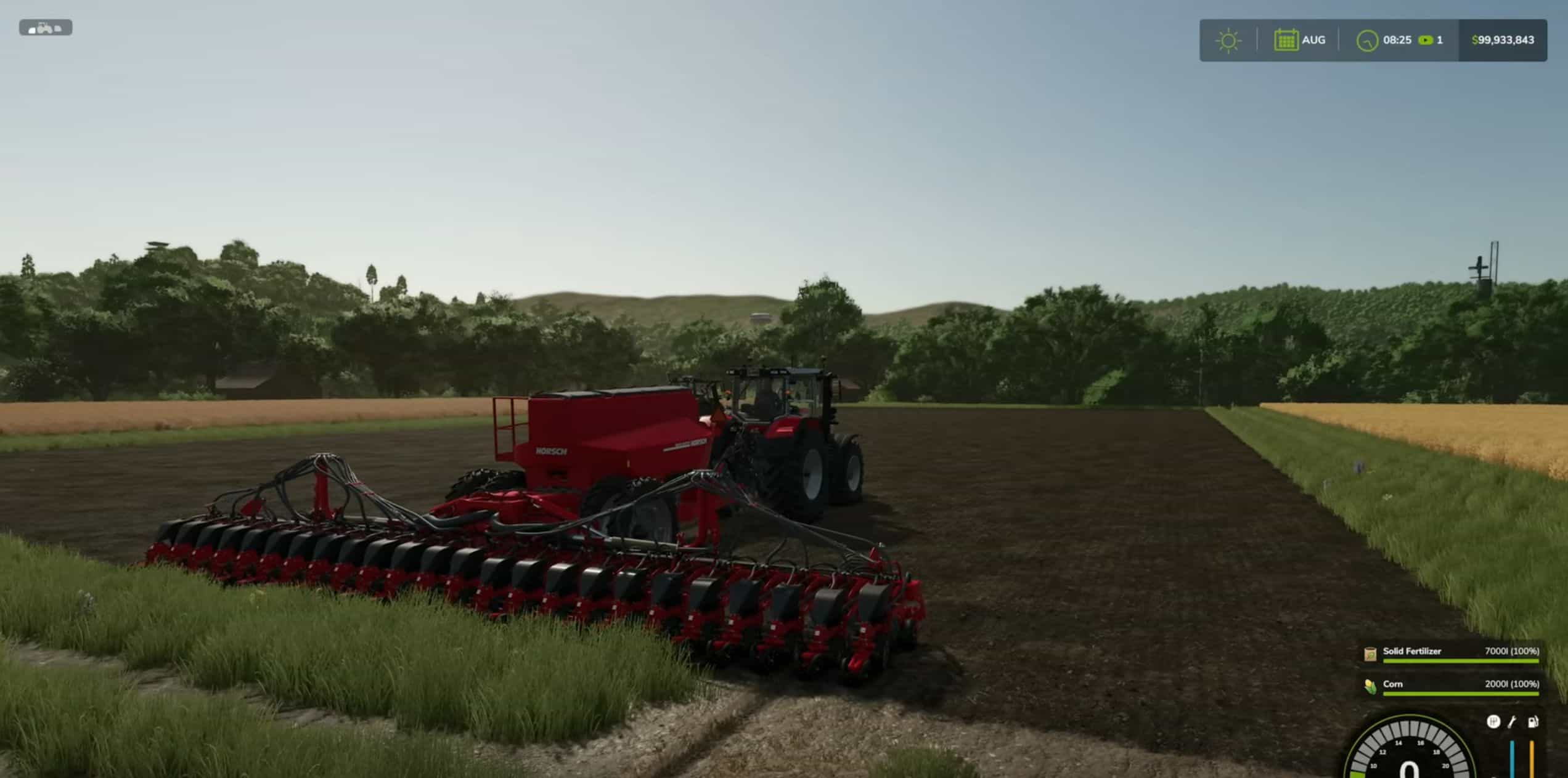
5. How to Use Seeders and Planters in the Field
Once you’ve chosen your seeder or planter, it’s time to head to the field:
- For non-direct seeders: Ensure the field has been cultivated. Lower the equipment, turn it on, and begin seeding. You’ll notice the soil color changes to indicate seeding is in progress.
- For direct seeders: These can go straight into a harvested field without prior preparation. Simply lower, turn on, and start planting.
- Some seeders and planters also have the ability to fertilize while seeding, allowing you to complete two tasks at once. Be sure to check if your equipment supports this feature.
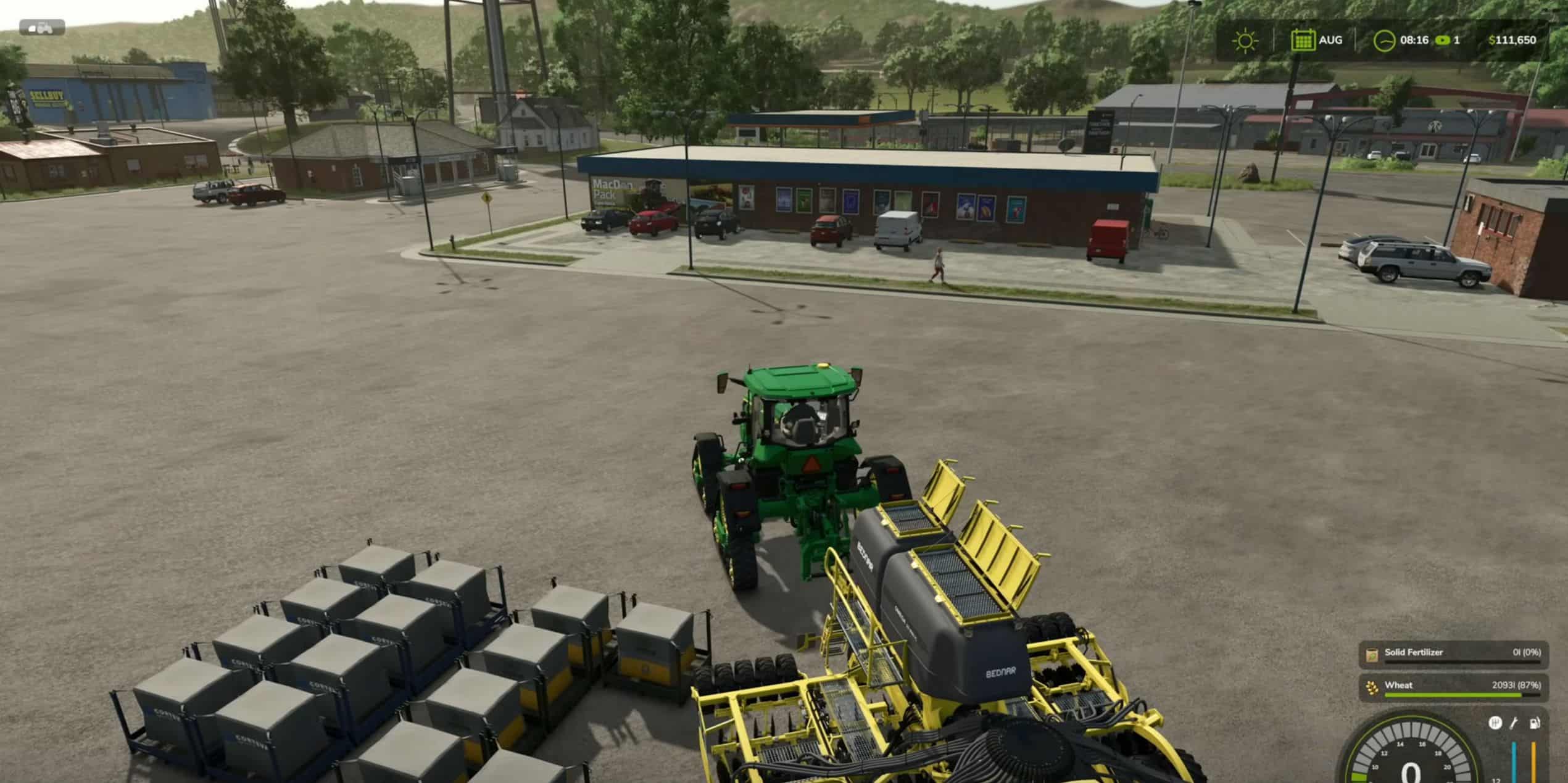
6. Filling Your Seeder or Planter with Seeds and Fertilizer
Most seeders and planters will need to be filled with seeds, and some also require fertilizer:
- Start by purchasing seed and fertilizer pallets from the shop.
- Bring your seeder/planter close to the pallets and follow the on-screen prompts to fill it up.
- For seeders with a fertilizing function, make sure to load both seeds and fertilizer to maximize efficiency.
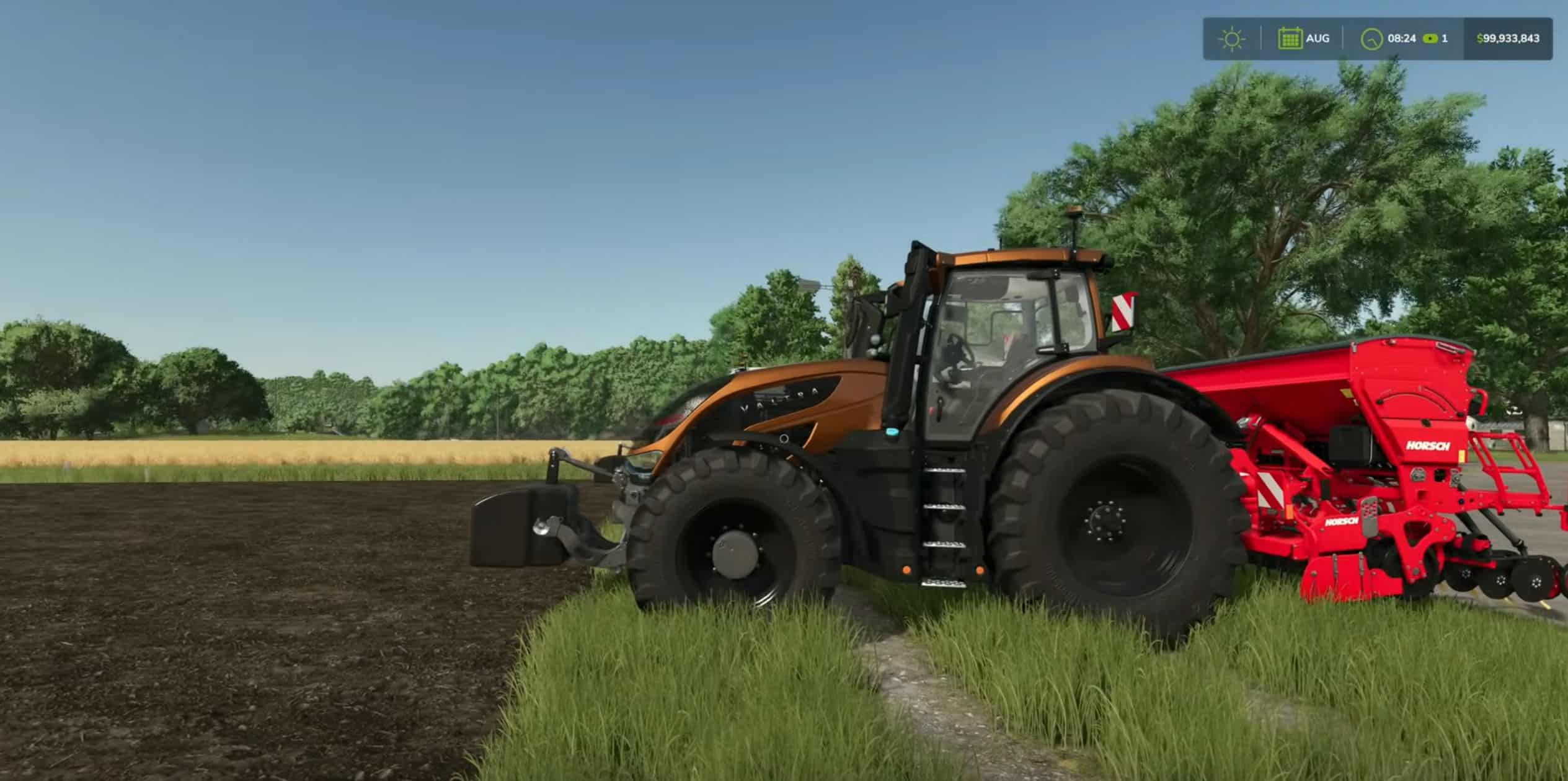
7. Which Crops Can You Plant?
Different seeders and planters are capable of handling specific crops:
- Seeders: Typically plant wheat, barley, oats, canola, grass, and peas.
- Planters: Can plant corn, sunflowers, soybeans, sugar beets, and cotton.
Additionally, specialty crops like potatoes, rice, and sugar cane require specific planters designed for those crops.
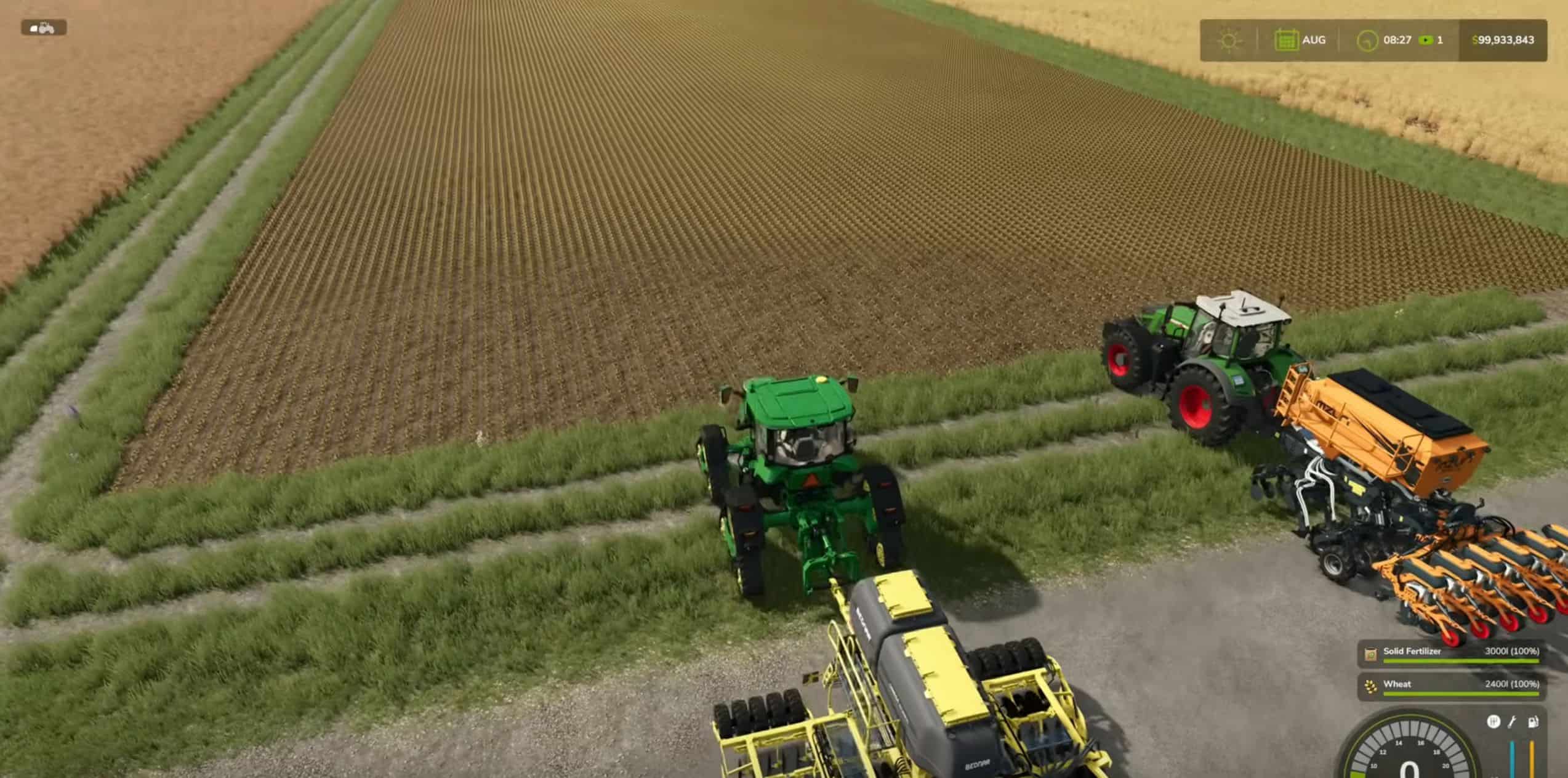
8. Tips for Efficient Planting
- Check the Crop Calendar: If you’re playing with seasonal growth turned on, ensure you’re planting crops at the right time of the year.
- Use Fertilizer: Seeders with integrated fertilizer spreaders can save time and increase your yield.
- Plan Ahead: Make sure you have enough seeds and fertilizer before heading out to the field to avoid interruptions.
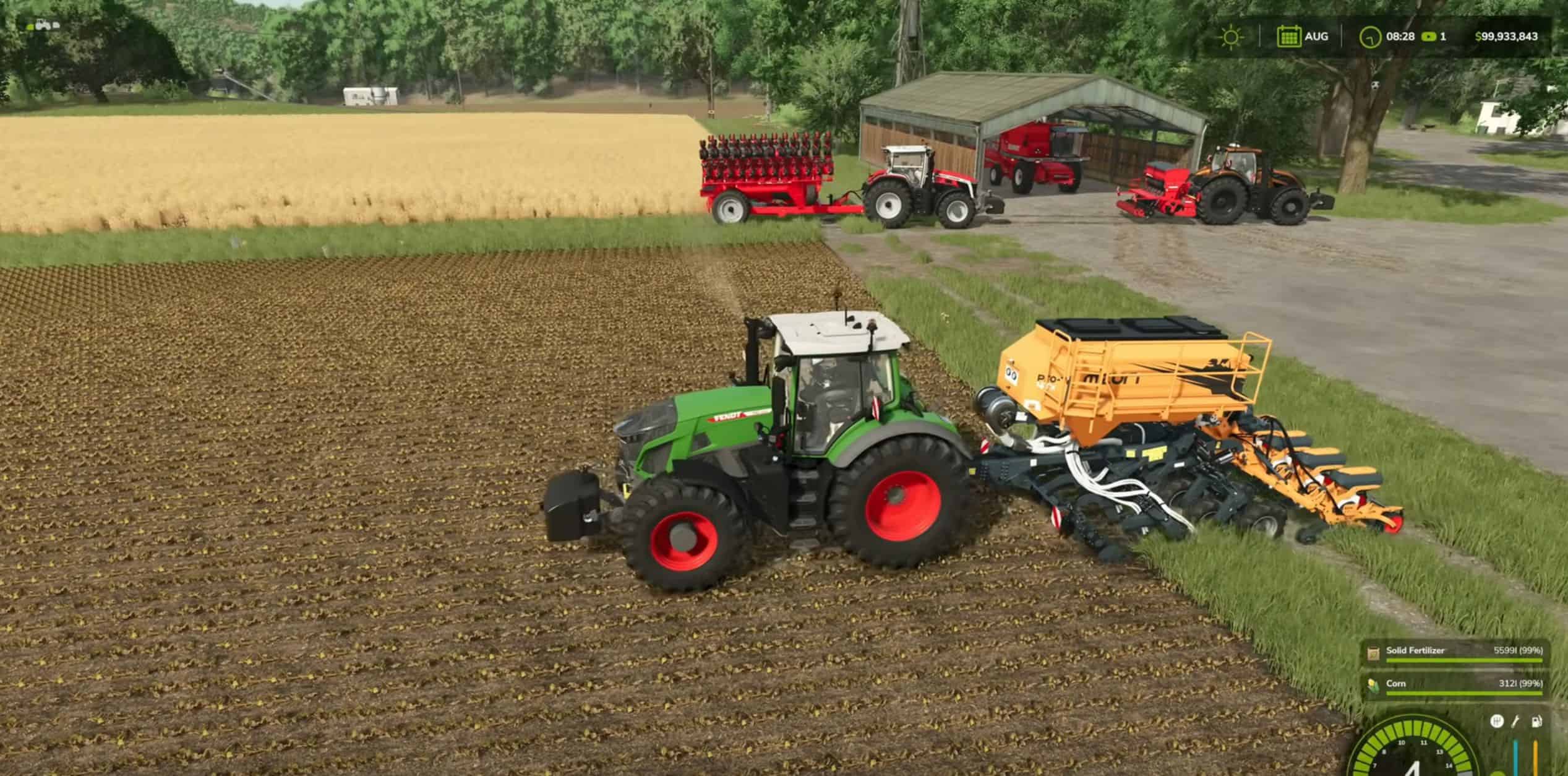
Conclusion
Mastering seeding and planting in Farming Simulator 25 is all about choosing the right equipment, understanding the differences between seeders and planters, and optimizing your workflow with tools like direct drilling. Whether you’re planting grains or specialty crops, following these guidelines will help you maximize your farm’s efficiency.
If you found this guide helpful, drop a like, get subscribed for more Farming Simulator tips, and check out our other tutorials to become a pro farmer in no time!

